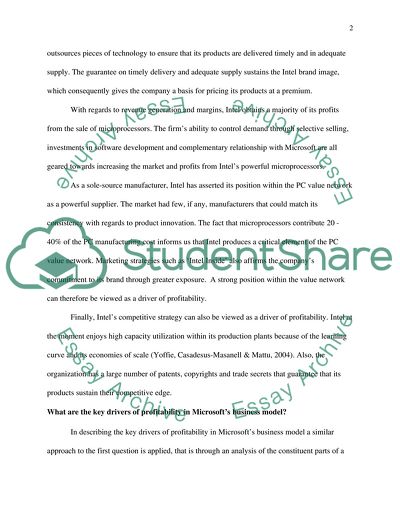Cite this document
(“Wintel Case Study Term Paper Example | Topics and Well Written Essays - 1500 words”, n.d.)
Retrieved from https://studentshare.org/miscellaneous/1572897-wintel-case-study
Retrieved from https://studentshare.org/miscellaneous/1572897-wintel-case-study
(Wintel Case Study Term Paper Example | Topics and Well Written Essays - 1500 Words)
https://studentshare.org/miscellaneous/1572897-wintel-case-study.
https://studentshare.org/miscellaneous/1572897-wintel-case-study.
“Wintel Case Study Term Paper Example | Topics and Well Written Essays - 1500 Words”, n.d. https://studentshare.org/miscellaneous/1572897-wintel-case-study.


